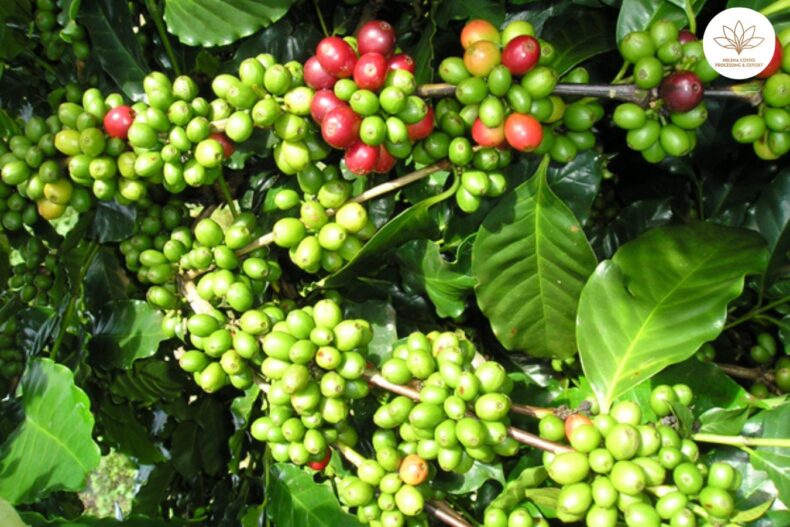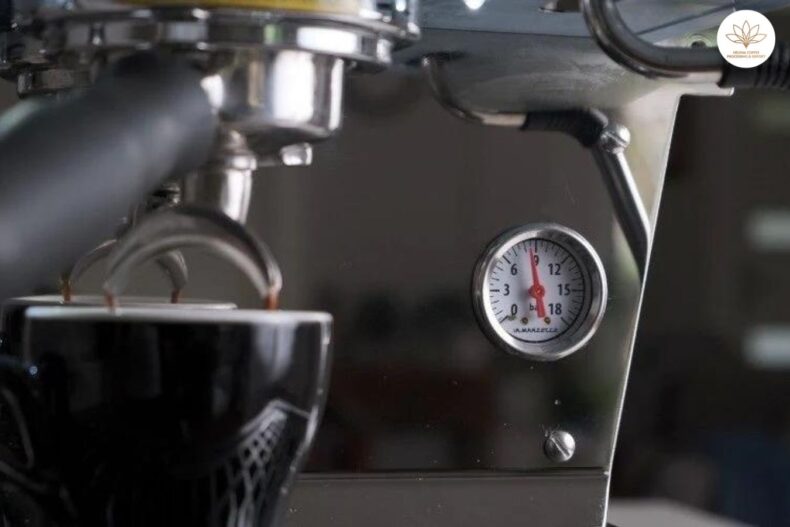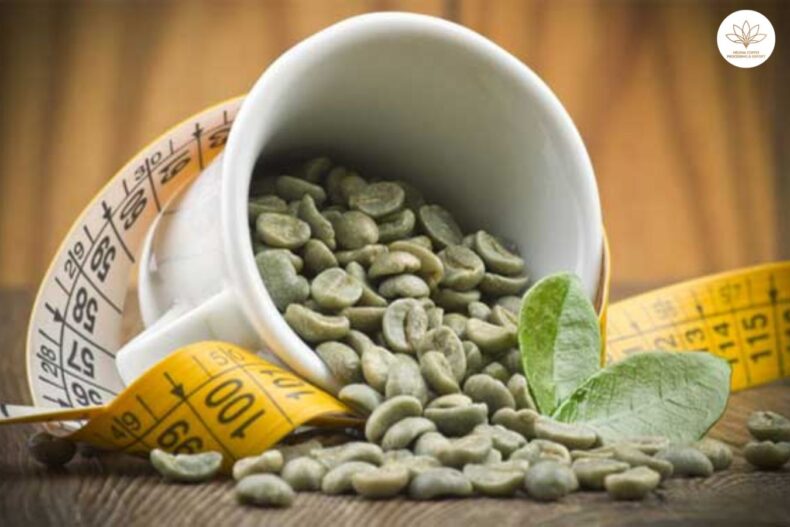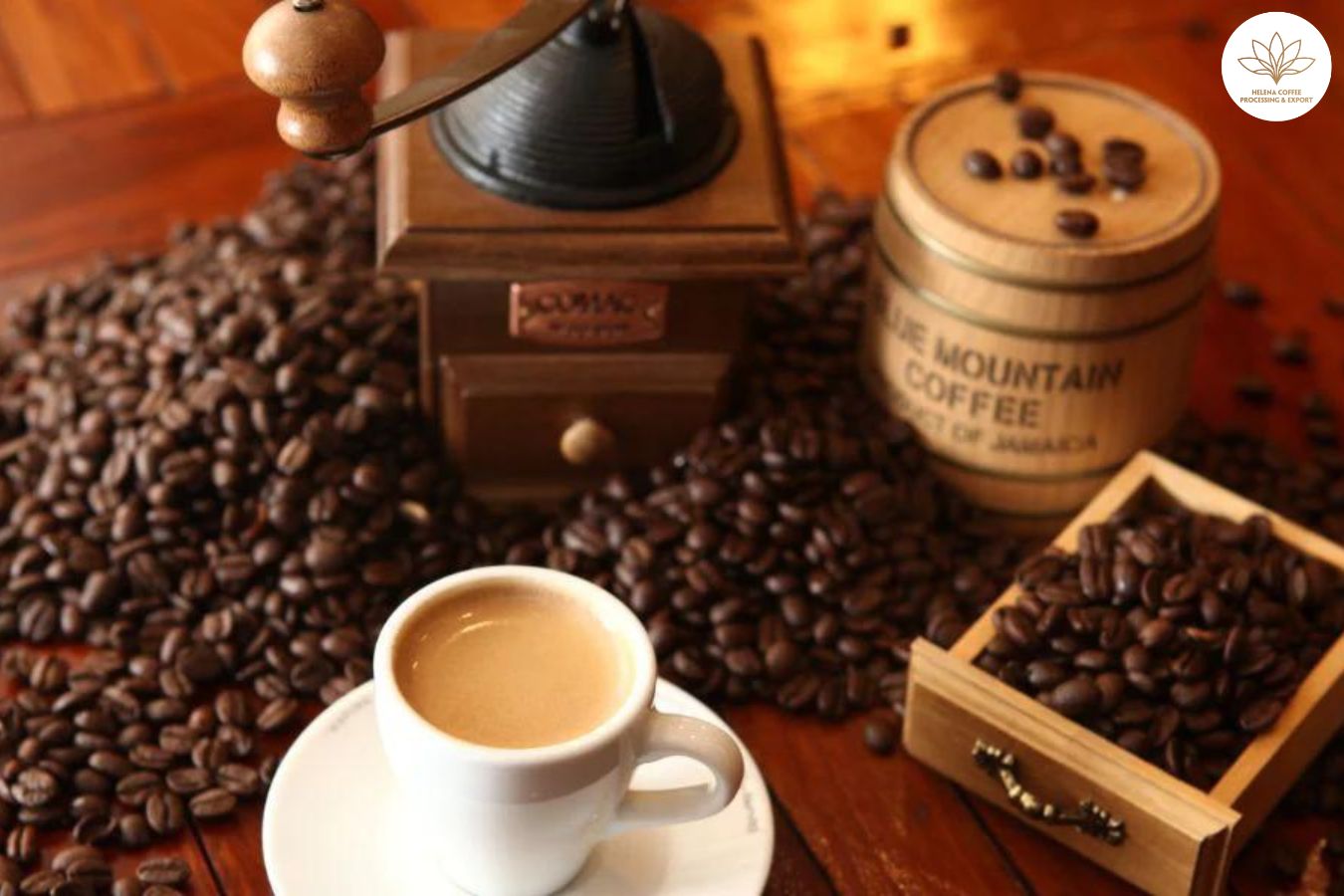
Prevent Clumping When Grinding Coffee: Crafting quality espresso requires balancing countless variables – dose, yield, time, grind size, tamping, and more. But even when you optimize these factors, inconsistent shots can still result from one pernicious problem: clumping.
Coffee clumps disrupt extraction by causing channeling. So preventing clumps is imperative for flavorful espresso. How do clumps form, and how can you minimize them?
I discussed techniques for declumping with two coffee experts. Read on as we explore the science behind this common obstacle, and actionable ways to master a clump-free grind for espresso perfection.
Understanding and preventing clumping will take your shot-making skills to new heights. Let’s dive in and conquer this final frontier on your journey to cafe-quality espresso at home.
WHAT CAUSES CLUMPING?
Simply put, clumping occurs when grinding coffee too finely for espresso, as Ramon Heinzer of ZHH Gastro notes. But what specifically causes grounds to clump together?
According to Daniele Colizza, designer of the Grindie SOLO’s anti-clumping system, three main factors are at play.
First, oily beans like dark roasts can clog burrs, leading to buildup that clumps fresh grounds. High humidity and heat also impede grounds flow, blocking the chute. Finally, static electricity can cause particles to stick during grinding.
Excess bean oils, environmental conditions, and static charges all contribute to the stubborn clumping issue. But understanding the root causes points the way to targeted solutions. As we’ll explore, steps like cleaning burrs, managing humidity, and declumping techniques can offset these factors for clump-free grounds.
Knowledge dispels complexity. Though multifaceted, clumping need not confound excellent espresso. Equipped with this insight, we can now craft a strategy to master particle prep for the perfect shot.
WHY DOES CLUMPING CAUSE PROBLEMS?
Though seemingly small, clumping has major extraction consequences as Daniele Colizza explains: “Water follows the path of least resistance, but dense clumps block flow.”
This forces water through fragile areas instead, creating channels. Ramon Heinzer notes how channeling impacts flavor: “It can become more watery with less taste.”
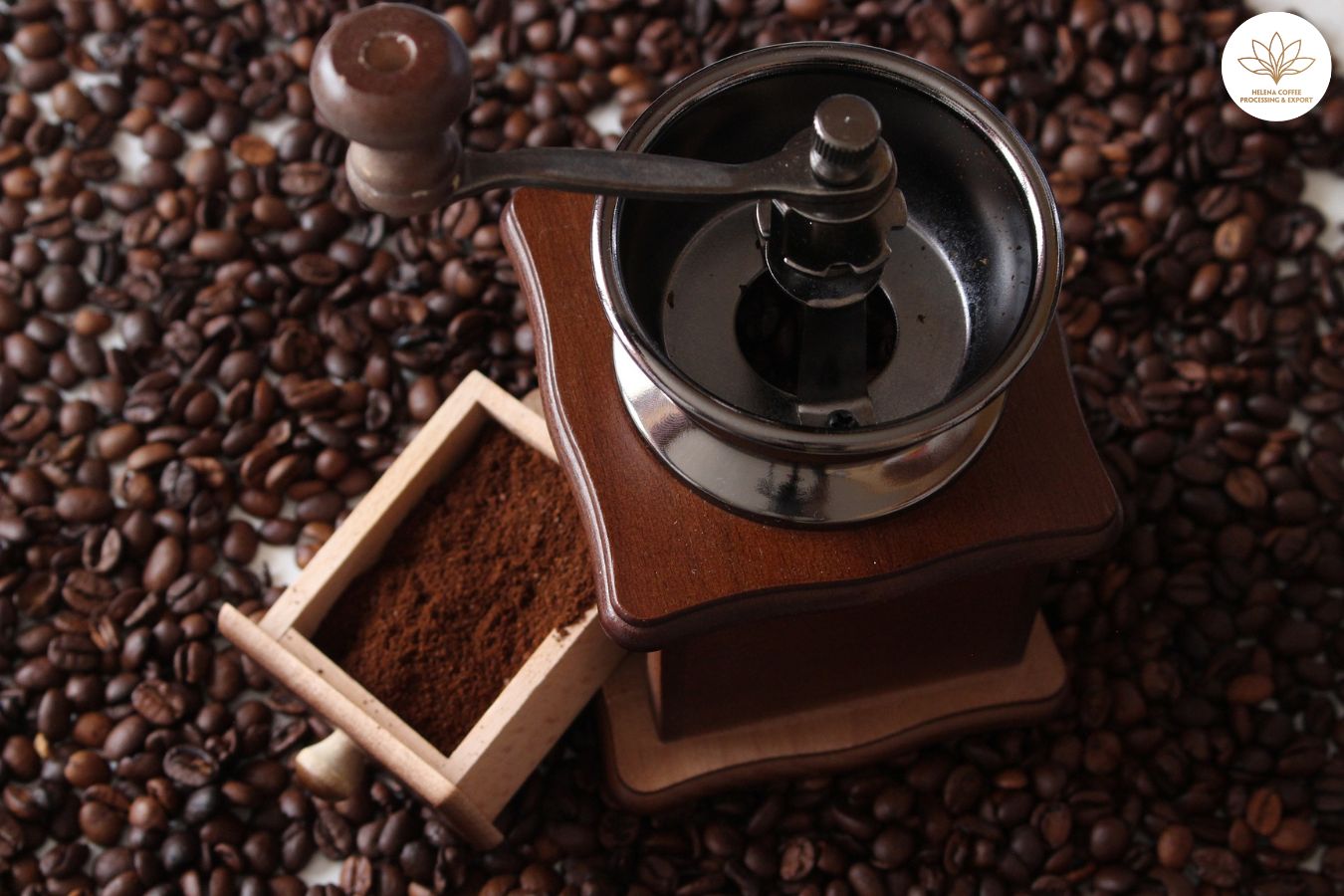
Channeling means some grounds underextract while others overextract, causing simultaneous sourness and bitterness instead of balanced sweetness. Clumps also vary unpredictably in size and density, challenging baristas.
In the end, inconsistent channeling prevents accessing coffee’s full potential. But knowledge is power – understanding exactly how clumping causes poor extraction illuminates paths for prevention. Minor details often make the biggest difference, so taking steps to declump can refine shots.
Equipped with this insight into clumping’s detrimental effects, we can target solutions. Precision particle prep unlocks espresso excellence. Let’s continue exploring how to master this variable for cafe-quality espresso at home.
SO, HOW CAN YOU PREVENT IT?
First, dial in your grind size. Espresso requires fine grounds, but too fine can increase clumping. Slightly coarser may help. Also, keep your grinder clean – regularly remove old grounds and oils to minimize buildup.
However, quality equipment is essential for consistency. As Daniele Colizza of Grindie explains, their patented system tackles clumping through innovations like the Double Clump Crusher. This special grinding chamber uses membranes to evenly distribute particle sizes, preventing clogs.
Additionally, Grindie’s low RPM motor minimizes heat and static electricity during grinding. Temperature control and strategic movement in the burrs are key. As Daniele adds, Grindie’s technology adapts to different coffee flows for clump-free consistency.
So while adjustments help, investing in an engineered system like Grindie’s leads to exemplary particle prep for balanced extraction. Their integrated declumping solutions offset root causes for cafe-worthy espresso without channeling or compromise.
Benefits of mitigating clumping
By minimizing static and evenly distributing particle sizes, Grindie’s technology reduces clumping for balanced extraction. As Ramon Heinzer of ZHH Gastro notes, this achieves the coffee’s complete flavor spectrum.
Ramon also explains how the Grindie SOLO’s gravimetric dosing eliminates human inconsistency among his 12 staff members. Its precision 0.1g dosing provides shot-to-shot accuracy.
This reliability lessens the barista’s workload as Daniele Colizza confirms: “High-quality grinders like Grindie reduce manual declumping steps before tamping.”
In the end, engineered innovations like Grindie target root causes of clumping. Advanced grinding chambers, gravimetric dosing, and RPM control offset variables for flavorful espresso without compromise.
By tackling clumps before they form, the SOLO’s integrated system unlocks true cafe quality – where the barista perfects the craft instead of fighting variables. This captures the coffee’s essence in each drink.
TIPS ON HOW TO MANAGE CLUMPING
Fellow baristas – clumping may frustrate us, but solutions exist. As Daniele advises, inspect your grinder for issues. Check the burrs, chute, and any declumping features.
Also, experiment with grind size and watch for heat buildup. Excess warmth indicates the grinder could be overworking the beans.
If temperature climbs, reduce friction inside the grinder. As Ramon shared, his high-volume cafe switched to Grindie’s SOLO for its integrated cooling system. Overheating degrades coffee’s aromatic compounds.
But quality engineering safeguards flavors. Grindie’s thermal stability preserves nuances other grinders boil away. Their system optimizes every component – grind size, static reduction, and temperature – to deliver clump-free grounds ready for perfect extraction.
Clumping may persist, but it need not ruin our shots. Check your grinder, be observant, and upgrade key features for particle perfection. With the right tools, we as baristas can craft consistently stellar espresso.
Reducing static
The Ross Droplet Technique (RDT) is very effective. As a reminder, simply stir a few water droplets from a wet spoon into the beans right before grinding. Just a little moisture balances the static charge.
Also, use beans ideally 2-4 weeks post-roast. Very fresh beans retain more CO2, which can hinder extraction and lead to clumps.
Monitoring environmental humidity helps too. If you find more clumping on dry days, try adding some moisture with a humidifier. On humid days, a dehumidifier can reduce sticking.
Small adjustments make a difference. With RDT, optimal bean age, and environment management, we can curtail the static and oily buildup behind clumping. Tiny tweaks lead to tangible results!
Stay observant, stay nimble, and we can tackle variables as they arise. Clumping is a puzzle with many interlocking pieces. Together, we can fit them into place for exemplary particle prep and espresso. Onward!
Tamping and distribution
Proper tamping is crucial, but technique means little if clumps persist in the grounds. For ideal extraction, declumping must come first.
Tamping packs the coffee bed, yet uneven force around clumps channels the water. So clump-filled grounds lead to poor results, despite meticulous tamping.
Many baristas now use distribution techniques to preempt clumps, like the popular Weiss Distribution method of stirring to break them up. This declumps prior to tamping for even saturation.
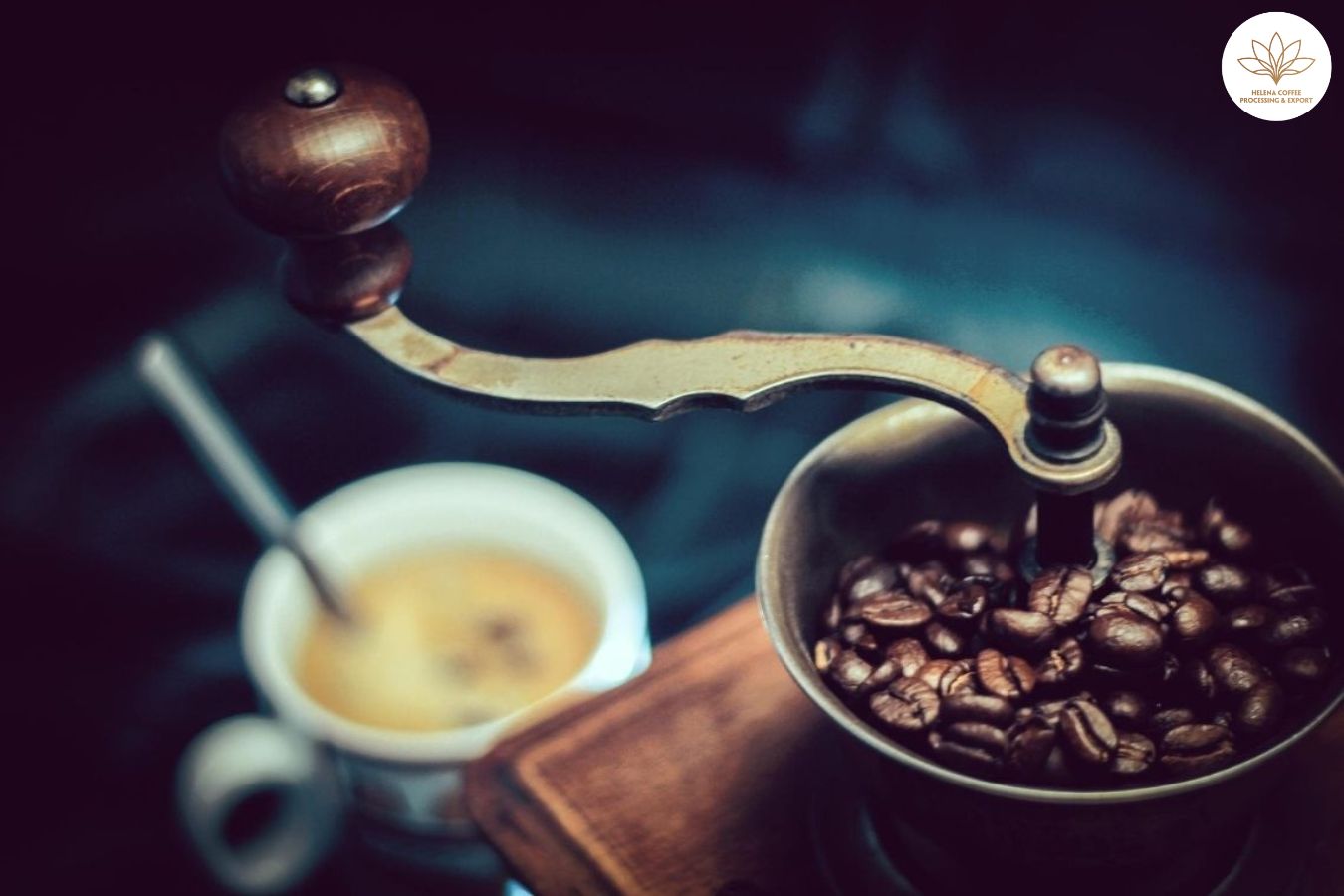
The message is clear – declump first, then tamp. Flawless technique complements quality grounds; it cannot compensate for them. With an integrated grinder solution like Grindie, clump-free particles pour into the portafilter ready for optimal tamping.
Tamping remains important, but declumping makes it matter. By crushing clumps at the source, we give ourselves a smooth, even canvas to work with. Then our tamp unlocks extraction instead of impairing it. Let us handle grounds first so our technique can elevate the brew.
FAQS:
